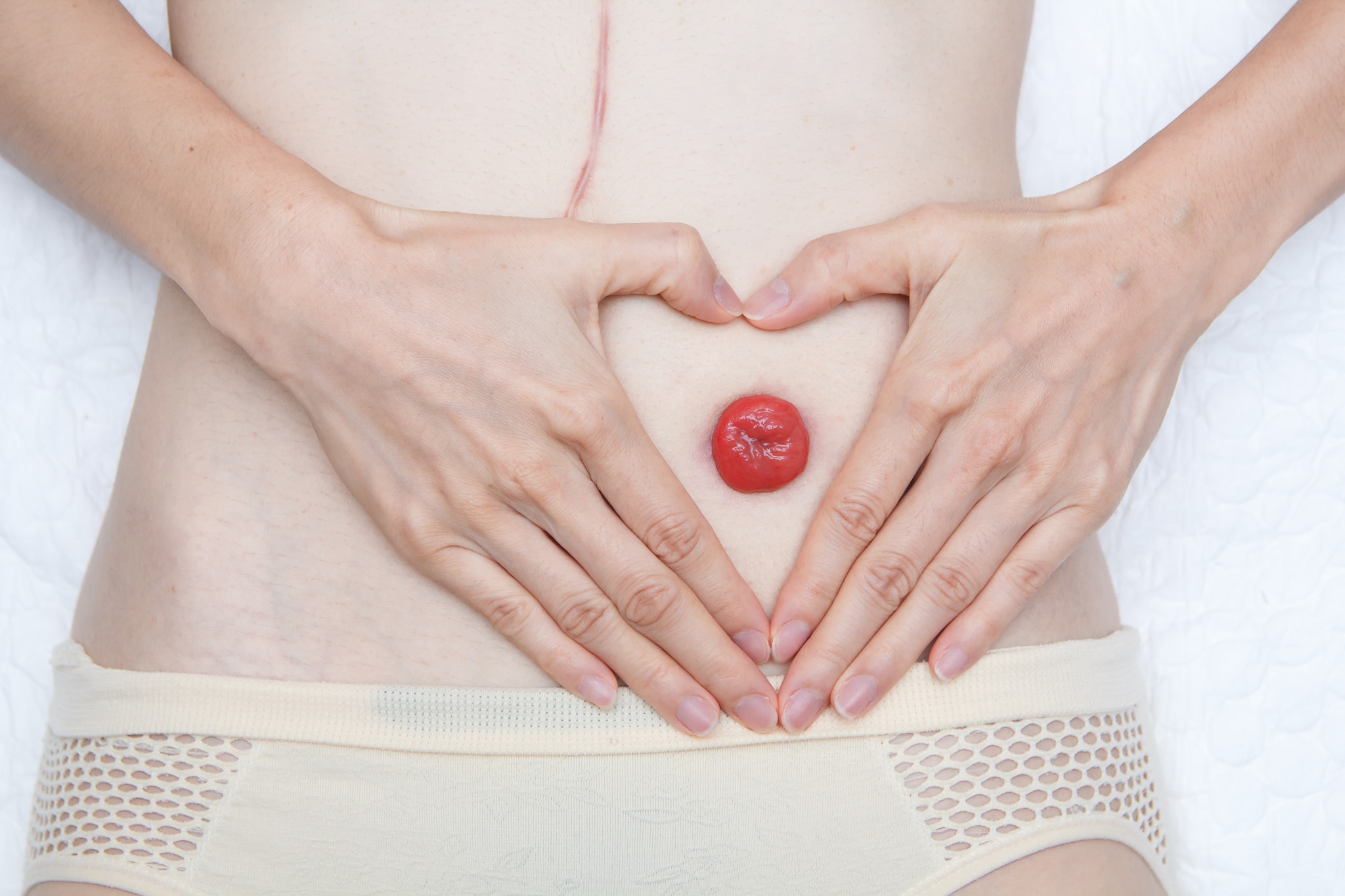
News
How To Care After Colostomy Surgery?
Release time:2022-04-15
Choice of ostomy bag
According to the characteristics of different types of colostomy, choose different ostomy bags
[1] Ascending colostomy and transverse colostomy: One-piece or two-piece open pockets, one-piece open pockets are the best choice.
[2] Descending colostomy and sigmoid colostomy: One-piece open pocket or closed pocket, two-piece open pocket or closed pocket can be used; if there is more airflow, it is recommended to choose an ostomy bag with a filter carbon sheet; if it is a colon You can choose a mini bag for lavage.
Assessment of the stoma
[1] Observe the blood supply at the stoma within 2 to 3 days after the operation. The mucous membrane of the stoma is rosy and shiny, which means that the blood supply is good. Dark red is also normal. If there is pain, edema, or blackening, it means that the blood supply of the intestinal tube of the stoma is obstructed and needs immediate treatment!
[2] Observe whether the surrounding skin has redness and erosion
[3] Observe whether the stoma is narrow, whether it is difficult to defecate, and the shape, color, regularity and quantity of stool.
[4] Observe whether there is oozing, bleeding or hematoma around the stoma.
A colostomy diet guide
The diet should be light in the short term after the operation, mainly easy to digest and high in nutrition, and gradually transition to a normal diet. Although there are no restrictions on the types of food, it is necessary to develop good eating habits, not overeating and eating irregularly. You should eat more fresh vegetables and fruits and drink plenty of water to keep your stool smooth.
01
Eat less odorous foods
The emission of unpleasant odors may be the biggest headache for colostomy patients. Usually eat less food that is difficult to digest and prone to malodorous gas, such as corn, onions, eggs, fish, eggs, garlic sprouts, cabbage and broccoli, spice seasonings, etc., drink more fat-free milk or yogurt, and use high chlorophyll content The green leafy vegetables help control the odor of manure.
02
Eat less gas-producing foods
Excessive gas production leads to bulging of the ostomy bag, which is also one of the concerns of colostomy patients. Therefore, it is necessary to avoid eating foods, fruits, and beverages that increase gas in the intestinal tract
[1] High starch foods: radishes, potatoes, sweet potatoes, taro, pumpkin, chestnuts, etc.
[2] Fruits and vegetables: onions, cabbage, mustard greens, cucumbers, green peppers, leeks, peas, radishes, apples, watermelons, cantaloupe, cauliflower, cabbage, shallots, pickles, etc.
[3]Soy products, chocolate, carbonated drinks, beer, etc.
[4] Certain behaviors such as chewing gum, smoking, and talking while eating can also increase gas in the intestines. Therefore, it is advisable to chew slowly and speak less when eating to prevent swallowing air.
Common problems with colostomy
01
odor
Odor is the most concerned issue for colostomy patients. If there is no leakage from the ostomy bag, the smell usually only appears during defecation. If the smell persists, check the stoma base for leakage. Generally, it is necessary to empty the ostomy bag excrement 1 to 3 times a day. Regularly emptying the feces in the ostomy bag helps to reduce the leakage of the stoma chassis; at the same time, it can also avoid the swelling of the ostomy bag caused by excessive feces in the ostomy bag.
02
gas
The amount of gas discharged varies from person to person. When air is discharged from the stoma, the ostomy bag will swell. People with descending colostomy and sigmoid colostomy can use an ostomy bag with a carbon sheet to solve the impact of this problem. However, patients with transverse colostomy are not recommended to use because of loose stools and carbon tablets will lose their efficacy after being damp.
03
constipation
Descending colostomy and sigmoid colostomy, sometimes constipation occurs. Generally, it is caused by eating less fiber food or drinking too little water. The stool will be granular and hard. Therefore, patients with colostomy usually need to drink more water and juice, eat more fresh vegetables, fruits and crude fiber food.
04
diarrhea
Mostly caused by eating irritating food or unclean food. Patients should consume more soluble fiber foods such as bananas, butter, peanut butter, oatmeal, etc. to make the stool shape. The patient has severe diarrhea and watery excrement, so he should seek medical treatment promptly.
05
Skin damage
In general, the skin around the stoma is mostly damaged by the immersion of stool fluid; allergic to stoma products; folliculitis or the use of alkaline cleaning liquid or disinfectant to clean the skin around the stoma and other factors. Therefore, it is very important to choose the right care products and master the correct care methods!
After the colostomy, as long as the care is not slack, your life will remain as usual. Therefore, family members of the stoma should learn to actively communicate and actively participate in various social activities. At the same time, the diet should be nutritionally balanced, pay attention to regular and quantitative meals, eat regularly, supplement vitamins and adequate water, so that the body is adequately nourished and energetic.





